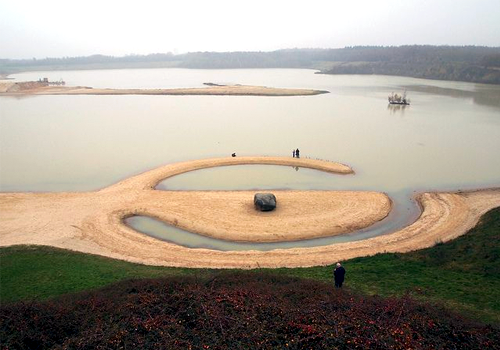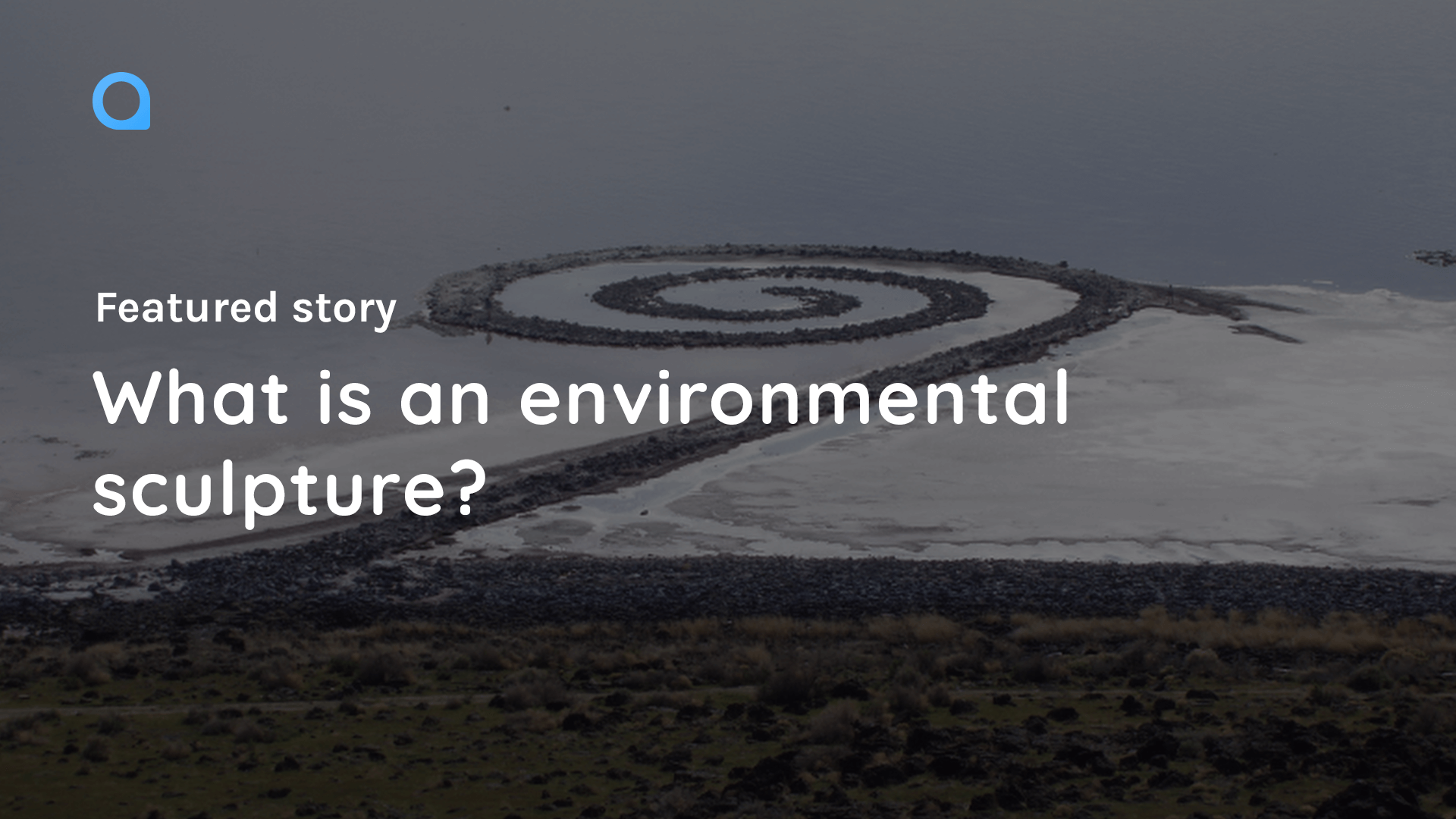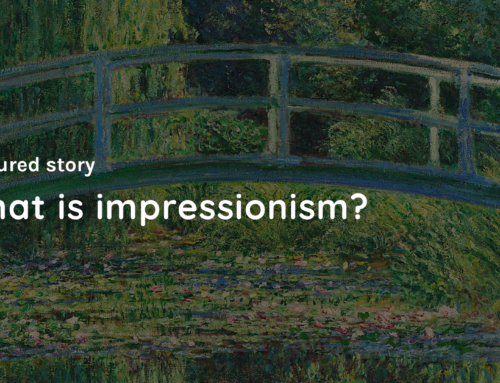Introduction
Environmental sculpture, also known as land art or earth art, is a contemporary art form that is intended to involve or encompass the spectators within the artwork. In contrast to traditional sculpture, environmental sculpture is designed to interact with and respond to the environment in which it is situated. In this blog, we will explore the history and characteristics of environmental sculpture.
History of Environmental Sculpture
Environmental sculpture emerged as an art form in the 1960s as a part of a more significant artistic movement that sought to break down the historical dichotomy between life and art. Environmental sculptors sought to create a direct and immediate relationship between the artwork and the environment, blurring the lines between nature and culture.
Some of the most notable environmental sculptors include Robert Smithson, famous for his Spiral Jetty, a massive land art installation in the Great Salt Lake in Utah. Another influential artist is Nancy Holt, who created Sun Tunnels, four large concrete tubes placed in a cross formation in the desert of Utah. The tubes are aligned to the sun and provide a unique experience for visitors at different times of the day and year. Andy Goldsworthy is also a prominent environmental sculptor known for using natural materials such as rocks, leaves, and ice.
Characteristics of Environmental Sculpture
Environmental sculpture is an art form that engages and encompasses the viewer rather than merely facing them. It is designed to interact with the environment and surroundings and to be integrated into nature. The artwork is not meant to stand out from the environment but blend with it, creating a harmonious experience. Environmental sculpture is usually large-scale and designed to be viewed from different angles to give the viewer a complete sensory experience. It is often created using natural materials such as stones, wood, and plants, all found in the environment.
Compared to traditional sculpture, which is usually freestanding and isolated from its surroundings, environmental sculpture blends with and becomes part of its environment. Environmental sculpture creates a unique experience that is not only visual but also auditory and tactile. It is often interactive, and viewers are encouraged to engage with the sculpture and their surroundings. This makes environmental sculpture a truly immersive experience.
Examples of Environmental Sculpture

Many famous examples of environmental sculpture include Land Art and Earth Art. One of the most well-known environmental sculptures is “Spiral Jetty,” created by Robert Smithson in 1970. Located in the Great Salt Lake, Utah, the sculpture comprises over 6,000 tons of basalt rock, creating a 1,500-foot-long coil that extends into the water. The sculpture is a perfect example of how environmental sculpture is designed to blend with and become part of its surroundings.
Another well-known environmental sculpture is “Broken Circle/Spiral Hill” by Robert Morris, located in Emmen, Netherlands. The sculpture is designed to be walked on and experienced from different perspectives. The sculpture comprises different elements, including a large circle and a spiral hill, with a series of smaller circles intersecting with them. The sculpture is designed to create an immersive experience, with the viewer moving through and around the different elements.
Other examples of environmental sculpture include “Sun Tunnels” by Nancy Holt, located in the Great Basin Desert in Utah, and “Tree Mountain” by Agnes Denes, located in Finland. “Sun Tunnels” comprises four concrete tunnels arranged in an X-shape, with holes cut into the top that aligns with the solstices and equinoxes. “Tree Mountain” is an ambitious reforestation project where 11,000 trees were planted on a man-made hill shaped into a pyramid. The project is designed to raise awareness about the importance of reforestation and the relationship between art and the environment.
The Importance of Environmental Sculpture
Environmental sculpture is an important art form that holds great significance today. As we face environmental crises such as climate change and deforestation, raising awareness about these issues and inspiring positive change is more important than ever. Environmental sculpture has the potential to do just that by bringing attention to the beauty of nature, the impact of human activity on the environment, and the urgent need for conservation.
By creating immersive and interactive experiences, environmental sculpture engages viewers uniquely and memorably. It allows them to appreciate the natural world more deeply and encourages them to reflect on their relationship with the environment. Environmental sculpture can promote ecological literacy, educate people about environmental issues, and foster a greater sense of environmental stewardship.
How to Create an Environmental Sculpture
If you’re interested in creating environmental sculpture, there are a few things to keep in mind. First, it’s essential to select a location that is well-suited to your sculpture and its message. Consider the landscape, the climate, and the cultural context of the area. Next, you’ll need to select your materials. It’s essential to choose materials that are sustainable, eco-friendly, and non-invasive. Natural materials like stone, wood, and plants are great options.
When designing your sculpture, consider how it will interact with the environment and the viewers. Will it be a passive observer or an active participant in the space? How will it engage the senses and convey its message? Finally, when installing your sculpture, it’s crucial to be mindful of its impact on the environment. Always leave the site as you found it and consider ways to minimize the ecological footprint of your artwork.
Conclusion
Environmental sculpture is a unique and important art form that has the power to inspire, educate, and bring attention to environmental issues. By creating immersive and interactive experiences, environmental sculpture engages viewers in a unique and memorable way. Through this blog, we’ve explored environmental sculpture’s history, characteristics, examples, and importance. We hope that you’ve gained a greater appreciation for this art form and are inspired to explore it further. Remember, by creating sustainable and impactful environmental sculptures, we can work towards a healthier and more harmonious relationship between art and the environment.







